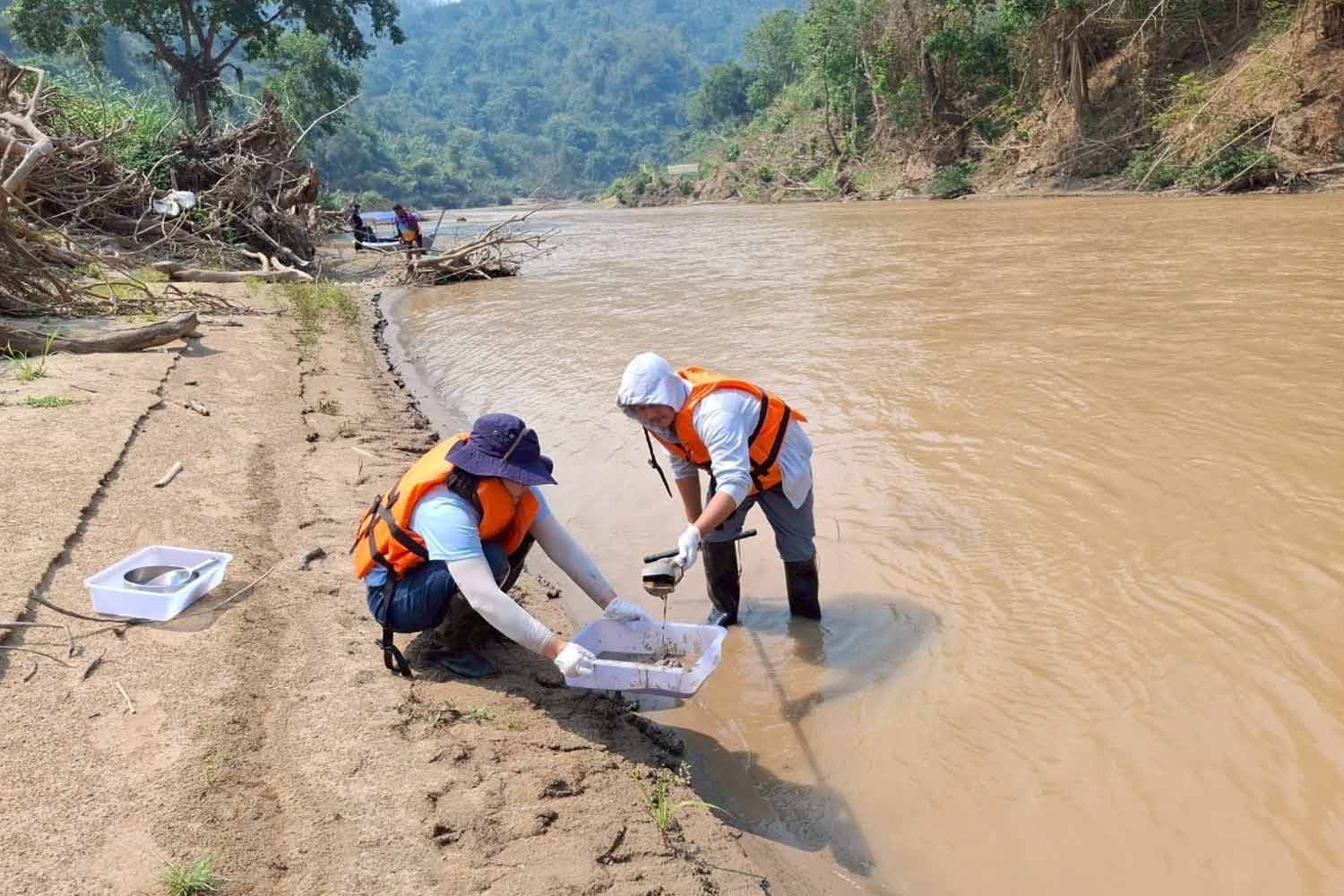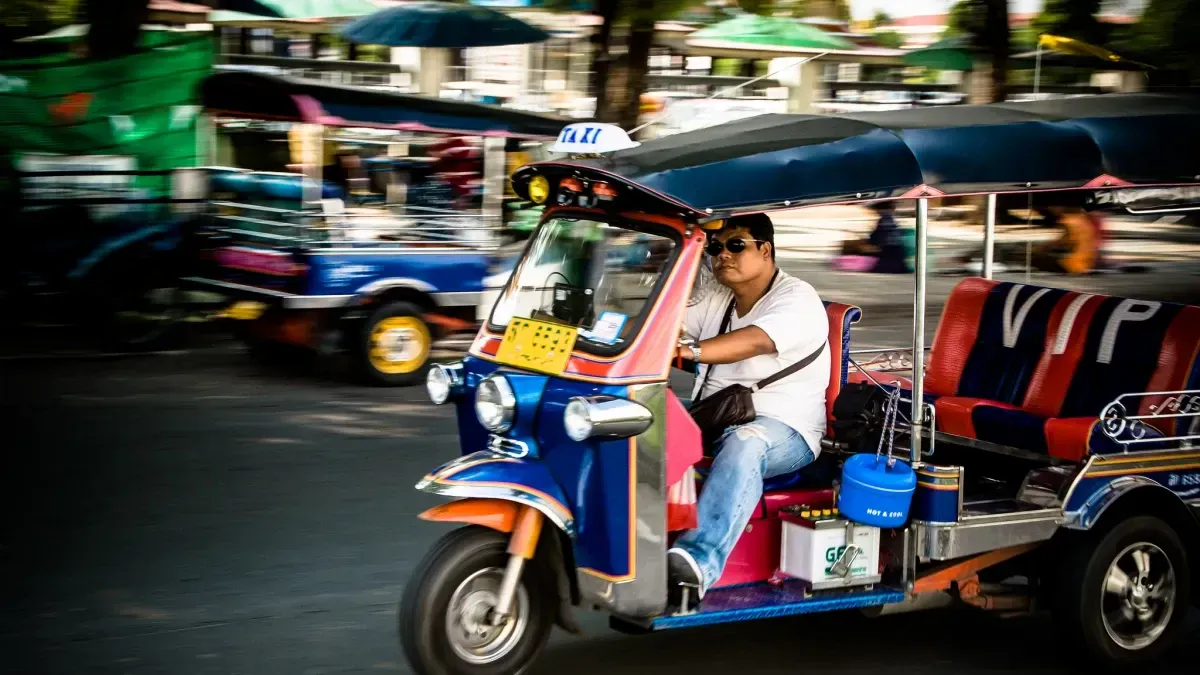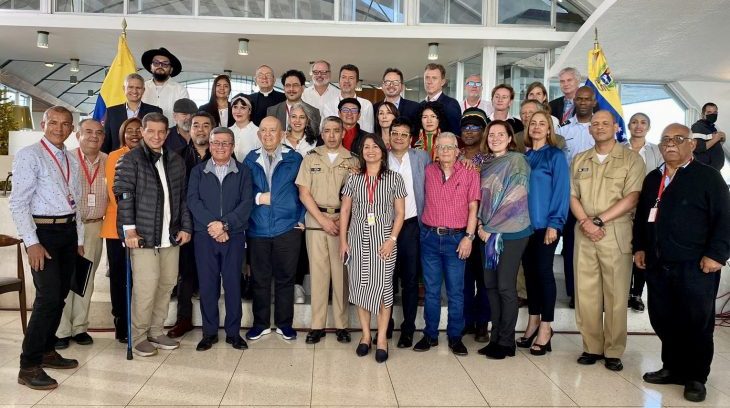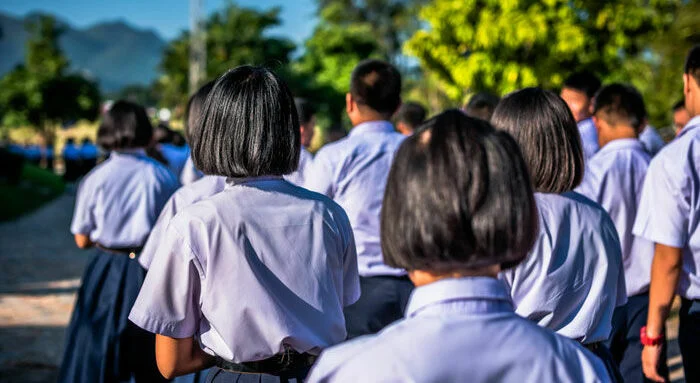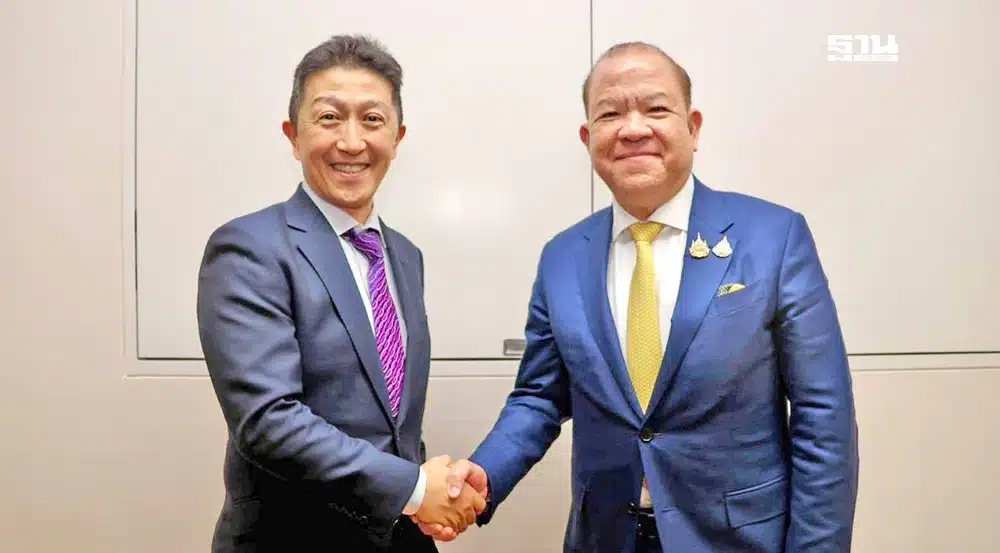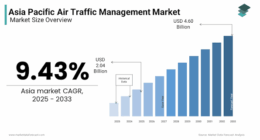Government Unveils Dam Construction Plan
How Will Dams Address Water Contamination?
Thailand’s government has announced an ambitious project to construct check dams along the Kok and Sai rivers in Chiang Rai to filter heavy metals and pollutants originating from mining activities in Myanmar. These dams aim to trap contaminated sediment, allowing for cleaner water to flow downstream and protecting local communities reliant on these rivers for their water supply.
Source of Water Pollution Concerns
Why Is Myanmar’s Mining Causing Issues?
Unregulated mining operations in Myanmar, particularly gold mining, have led to significant water contamination, with harmful substances like cyanide and heavy metals seeping into rivers that cross into Thailand. This pollution threatens the health of over a million people who depend on these rivers for drinking water and agriculture, prompting urgent action from Thai authorities.
Environmental and Community Benefits
What Are the Expected Outcomes of the Dams?
The proposed dams are designed to capture toxic residues before they reach populated areas, safeguarding both human health and the environment. By filtering out contaminants, the initiative aims to restore water quality, support local ecosystems, and ensure safer water for farming and household use, addressing long-standing concerns about cross-border pollution.
Implementation and Future Steps
How Will the Dam Project Be Executed?
The Thai government is collaborating with environmental experts to design and build the dams, with plans to monitor water quality post-construction. Authorities are also exploring additional measures, such as international cooperation with Myanmar, to tackle the root causes of pollution. The project reflects Thailand’s commitment to sustainable water management and regional environmental protection.
